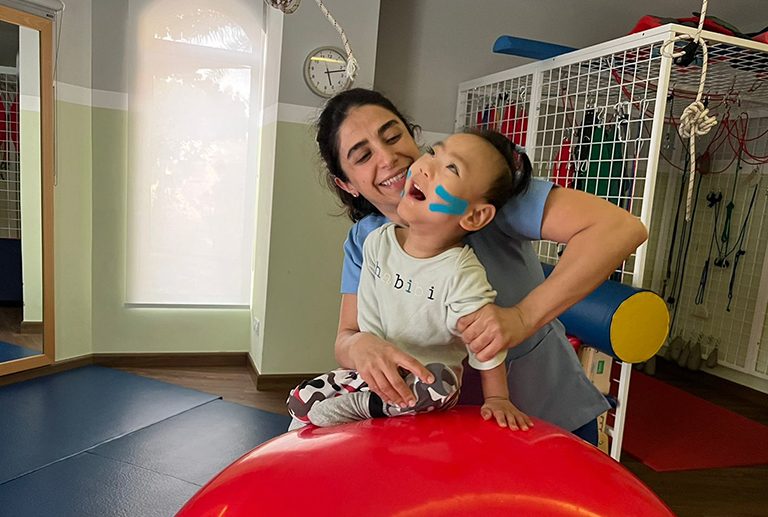What Is Pediatric Physiotherapy? A Guide for Parents

Pediatric physiotherapy is a type of therapy that helps children develop better movement skills. It supports babies, toddlers, children, and teenagers who may have trouble with things like crawling, walking, balance, or coordination. Some children need this kind of support because of conditions they were born with, while others may need help after an injury, illness, or surgery.
How Pediatric Physiotherapy Helps Children:
The main goal of pediatric physiotherapy is to help a child move in a way that is safe, comfortable, and works well for their body. A pediatric physiotherapist is trained to work with children of all ages and understands how a child’s body grows and develops. They use fun, engaging activities that keep children interested and make therapy feel like play. These sessions can involve games, toys, and creative movement exercises that are both helpful and enjoyable.
Why Would A Child Need Physiotherapy?
There are many reasons a child might be referred to a pediatric physiotherapist. Some children may be slower in reaching movement milestones, like sitting, crawling, or walking. Others may have conditions such as cerebral palsy, spina bifida, muscular dystrophy, or developmental delays. Some children may have trouble with balance or coordination, which can affect how they run, jump, or play. Others might be recovering from injuries like broken bones or need help after surgery.
What Does a Child Physiotherapist Do?
The physiotherapist begins by learning about the child’s current abilities, challenges, and medical background. They then create a plan that fits the child’s needs. This plan often includes exercises that build strength, improve balance, support better posture, or help with flexibility. Sometimes, special tools or equipment are used, like braces, walkers, or therapy balls.
The Role of Parents
Parents and caregivers play a big part in this process. Physiotherapists often teach families how to do simple exercises at home. These home activities can be done during playtime or daily routines, making it easier to include therapy in everyday life. When parents are involved, children often feel more supported and encouraged.
Each child moves at their own pace, so progress may look different from one child to another. What matters most is helping the child feel more confident in their body and more able to join in with others at home, school, or on the playground. If you think your child could benefit from pediatric physiotherapy, talk to your child’s doctor. They can connect you with someone trained to help your child grow and move in the best way for them.




